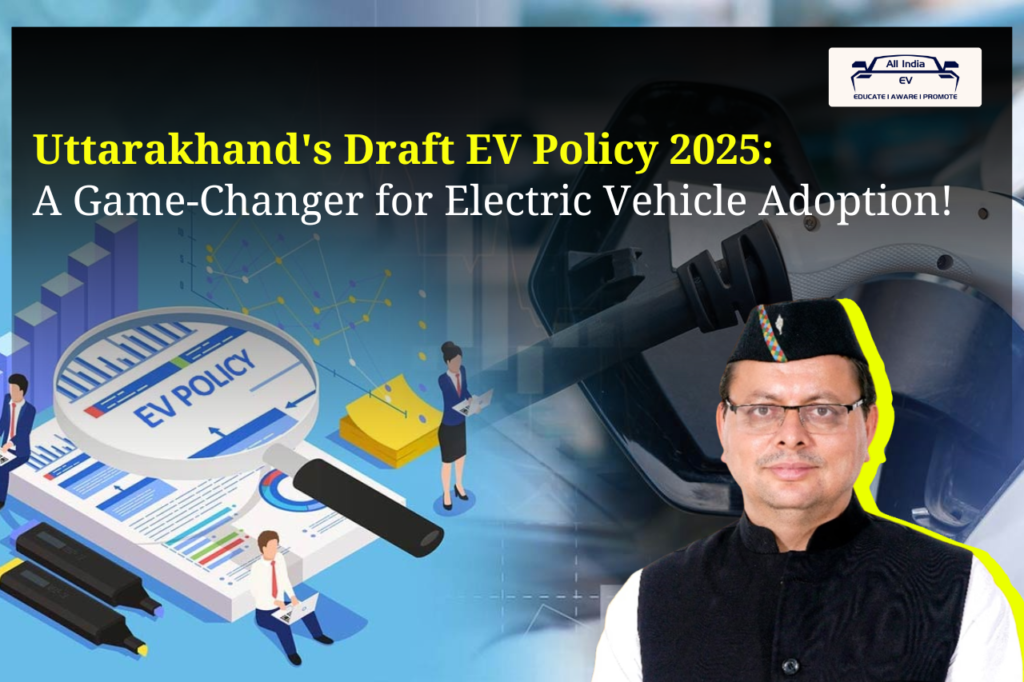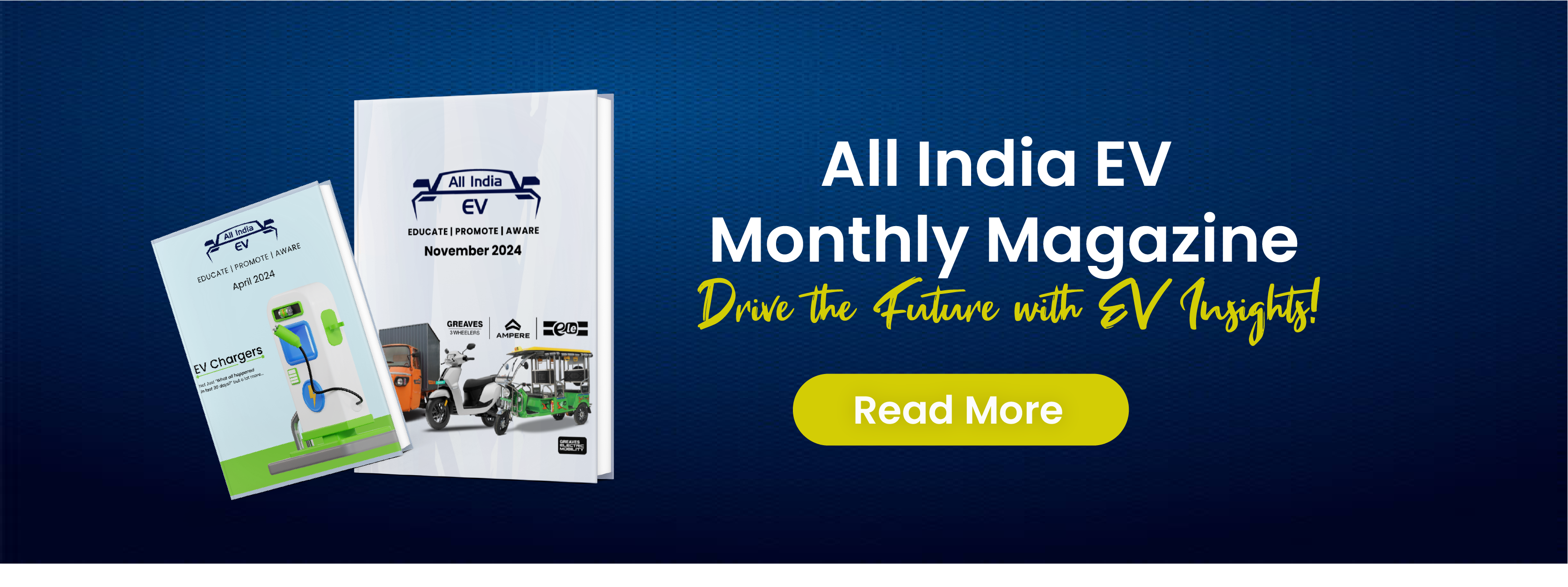
Uttarakhand Reviews Draft EV Policy 2025, Aims to Boost EV Adoption with Incentives & Ecosystem Push as EV Count Nears 85K of 42 Lakh Vehicles
In a decisive step toward becoming a green mobility hub, the Uttarakhand Transport Department, in collaboration with key state departments, convened a high-level review meeting on Thursday to deliberate on the draft Electric Vehicle (Manufacturing and Purchase) Policy 2025. Chaired by Chief Secretary Anand Bardhan, the meeting aimed to finalize a roadmap that will accelerate EV adoption while strengthening the supporting ecosystem.
The session marked the formal presentation of the draft policy, which includes a wide range of financial incentives, infrastructure development plans, and strategies to attract investments in EV manufacturing and allied sectors.
A Policy Centered Around Incentives, Infrastructure & Monitoring
Chief Secretary Bardhan emphasized that the policy must serve as a comprehensive incentive blueprint for all EV stakeholders—including manufacturers, buyers, fleet operators, and infrastructure providers.
“To build a viable and sustainable EV ecosystem in Uttarakhand, the policy must offer compelling benefits for all stakeholders. It’s critical that we also incorporate a strong monitoring mechanism to address challenges in real-time,” Bardhan stated.
The draft includes provisions for:
- Subsidies and tax benefits for EV buyers
- Capital incentives for manufacturers and battery producers
- Support for charging infrastructure
- Fast-track single-window clearance for EV-related investments
Bardhan also called for streamlined implementation and proactive issue resolution mechanisms to maintain investor confidence and ensure smooth policy rollout.
Uttarakhand’s Growing EV Footprint
Transport Secretary Vinay Shankar Pandey highlighted the state’s rising EV numbers. Out of more than 42 lakh registered vehicles in Uttarakhand, over 84,614 are electric, a figure expected to see a significant spike post-policy implementation.
“The draft EV policy will help unlock private investment across manufacturing, battery production, and charging stations—positioning Uttarakhand as a rising EV destination in northern India,” Pandey added.
Alignment with National Sustainability Goals
The draft EV Policy 2025 aligns closely with India’s national clean mobility goals, promoting zero-emission transport solutions and reducing vehicular pollution in the Himalayan region. By actively supporting EV manufacturing and infrastructure development, Uttarakhand aims to become a leading green mobility state, offering a clean, investor-friendly, and future-ready transport landscape.
Once finalized, the policy is expected to:
- Drive EV penetration in both private and commercial segments
- Attract OEMs, battery tech companies, and charging infra players
- Create green jobs and contribute to local economic development
Conclusion: Uttarakhand Sets the Stage for a Sustainable EV Future
With the draft EV Policy 2025 under review, Uttarakhand is taking a decisive step to foster an enabling environment for electric mobility. The policy’s holistic focus on incentives, ecosystem development, and execution efficiency has the potential to turn the state into a frontrunner in India’s electric vehicle revolution.
As the nation pushes toward clean transport, Uttarakhand’s forward-thinking approach could offer a model for other hill states aiming to embrace sustainable and inclusive electric mobility.

